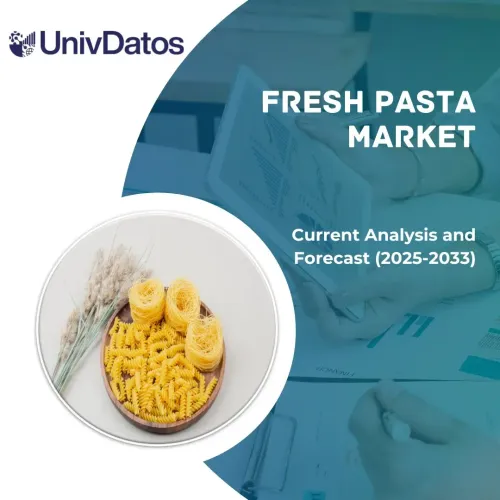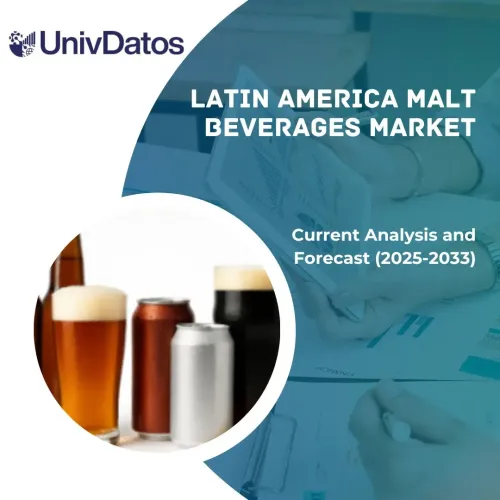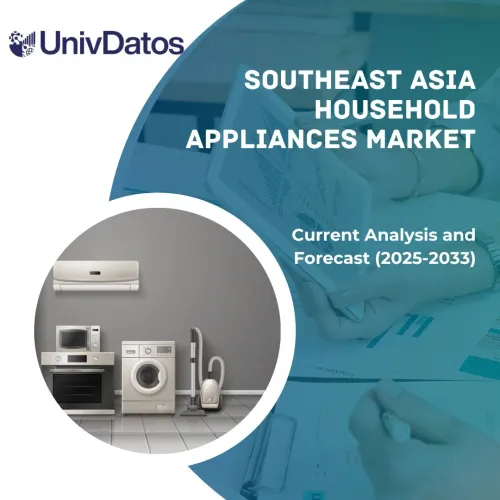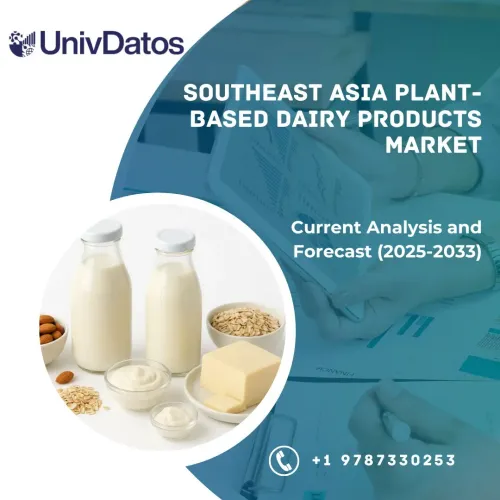- Home
- About Us
- Industry
- Services
- Reading
- Contact Us
Food Inclusion Market: Current Analysis and Forecast (2024-2032)
Emphasis on Types (Chocolate, Fruit & Nut, Cereal, Flavored Sugar & Caramel, Confectionery, and Others); Application (Cereal Products, Snacks & Bars, Bakery Products, Dairy & Frozen Desserts, Chocolate & Confectionery Products, and Others); Region (North America, Europe, Asia-Pacific, Rest of the World); and Region/Country
Food Inclusion Market Size & Forecast
The Food Inclusion market was valued at approximately USD 12.3 Billion in 2023 and is expected to grow at a robust CAGR of around 7% during the forecast period (2024-2032). In particular, the global food inclusion market has been stimulated by factors such as a growing consumer focus on health, improved consumer awareness regarding functional and innovative food products, and the expansion of natural and label-friendly food ingredients.
Food Inclusion Market Analysis
Food inclusions are the ingredients that are added to a variety of food products to enhance their texture, taste, or organoleptic properties. Food inclusions also help elevate the sensory characteristics of the food products. The increasing number of restaurants and hotels also raises the variety of food products that resulting in a rise in the demand for food inclusions. Furthermore, rising urbanization coupled with the evolving lifestyle is among the important reasons for the market growth of food inclusions.
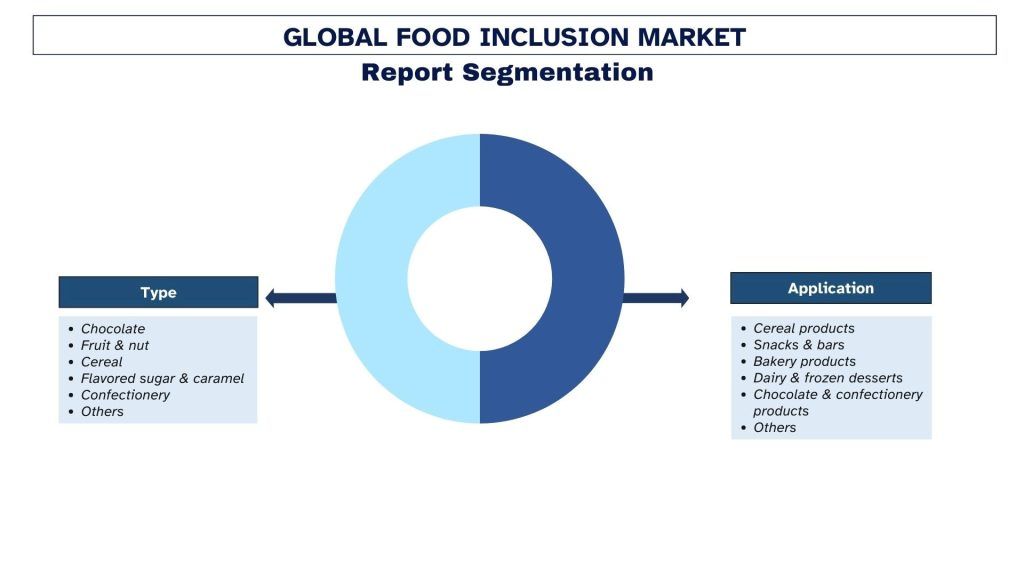 Food Inclusion Market Trends
Food Inclusion Market Trends
This section discusses the key market trends influencing the Food Inclusion segments as identified by our research experts.
Chocolate Segment Transforming Industry
Based on the types, the market has been categorized into chocolate, fruit & nut, cereal, flavored sugar & caramel, confectionery, and others. Among these, the chocolate segment has a significant share in the food inclusion market. Chocolate has many applications, and it is used in many food items and available in various forms like liquid, solid and semi-solid forms. Furthermore, chocolate is also popular among people as well as used as a taste enhancer and in food decorations.
North America to hold a significant share of the market
In 2023, North America is expected to witness the fastest growth in the global food inclusions market. The presence of people with large per capita income along with the continuously rising demand for healthy food in the region is responsible for the growth of the food inclusions market in the region. The North American food inclusion market is propelled by increasing demand for texture, flavor, and nutritional improvement in food products such as bakery & confectionery, dairy, and snack products. These ingredients include nuts, fruit chunks, chips in chocolate, and granola adding value mainly in the aspect of taste and health. More growth opportunities come from the increasing tendency towards clean-label, and plant-based, products. Others include new product inventions and a surge in the intake of functional foods. Key industry players target diversification of products and services in line with changing market demands that in turn foster sustainable market growth.

Food Inclusion Industry Overview
Food Inclusion is competitive, with several global and international market players. The key players are adopting different growth strategies to enhance their market presence, such as partnerships, agreements, collaborations, new product launches, geographical expansions, and mergers and acquisitions. Some of the major players operating in the market are Cargill, ADM, Barry Callebaut, Kerry Group PLC, Tate and Lyle, AGRANA Beteiligungs-AG, Sensient Technologies Corporation, Puratos, Balchem Inc., Taura Natural Ingredients Ltd. Several M&As along with partnerships have been undertaken by these players to facilitate customers with hi-tech and innovative products/technologies.
Food Inclusion Market Report Coverage
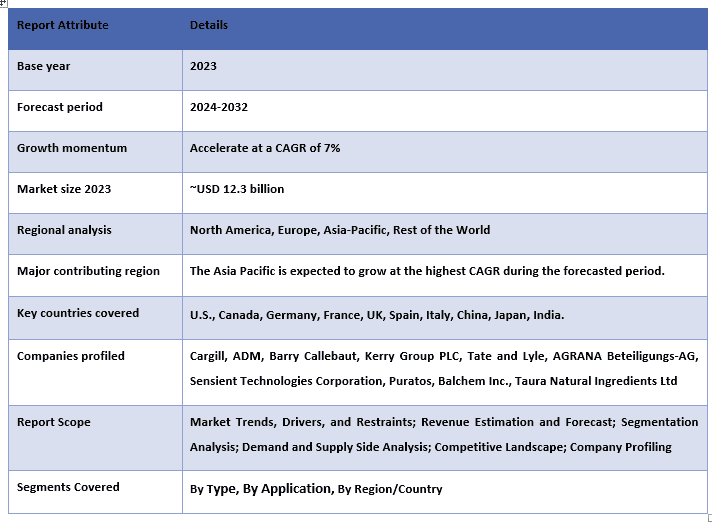
Reasons to buy this report:
- The study includes market sizing and forecasting analysis validated by authenticated key industry experts.
- The report presents a quick review of overall industry performance at one glance.
- The report covers an in-depth analysis of prominent industry peers with a primary focus on key business financials, product portfolios, expansion strategies, and recent developments.
- Detailed examination of drivers, restraints, key trends, and opportunities prevailing in the industry.
- The study comprehensively covers the market across different segments.
- Deep dive regional level analysis of the industry.
Customization Options:
Global Food Inclusion can further be customized as per the requirement or any other market segment. Besides this, UMI understands that you may have your own business needs; hence, feel free to connect with us to get a report that completely suits your requirements.
Table of Content
Research Methodology for the Food Inclusion Market Analysis (2022-2032)
Analyzing the historical market, estimating the current market, and forecasting the future market of the global Food Inclusion market were the three major steps undertaken to create and analyze the adoption of Food Inclusion in major regions globally. Exhaustive secondary research was conducted to collect the historical market numbers and estimate the current market size. Secondly, numerous findings and assumptions were taken into consideration to validate these insights. Moreover, exhaustive primary interviews were also conducted, with industry experts across the value chain of the global Food Inclusion market. Post assumption and validation of market numbers through primary interviews, we employed a top-down/bottom-up approach to forecasting the complete market size. Thereafter, market breakdown and data triangulation methods were adopted to estimate and analyze the market size of segments and sub-segments of the industry. Detailed methodology is explained below:
Analysis of Historical Market Size
Step 1: In-Depth Study of Secondary Sources:
A detailed secondary study was conducted to obtain the historical market size of the Food Inclusion market through company internal sources such as annual reports & financial statements, performance presentations, press releases, etc., and external sources including journals, news & articles, government publications, competitor publications, sector reports, third-party database, and other credible publications.
Step 2: Market Segmentation:
After obtaining the historical market size of Food Inclusion, we conducted a detailed secondary analysis to gather historical market insights and share for different segments & sub-segments for major regions. Major segments are included in the report, such as type, application, and region. Further country-level analyses were conducted to evaluate the overall adoption of testing models in that region.
Step 3: Factor Analysis:
After acquiring the historical market size of different segments and sub-segments, we conducted a detailed factor analysis to estimate the current market size of the Food Inclusion market. Further, we conducted factor analysis using dependent and independent variables such as type, application, and Food Inclusion regions. A thorough analysis was conducted of demand and supply-side scenarios considering top partnerships, mergers and acquisitions, business expansion, and product launches in the Food Inclusion market sector across the globe.
Current Market Size Estimate & Forecast
Current Market Sizing: Based on actionable insights from the above three steps, we arrived at the current market size, key players in the global Food Inclusion market, and market shares of the segments. All the required percentage shares split and market breakdowns were determined using the above-mentioned secondary approach and were verified through primary interviews.
Estimation & Forecasting: For market estimation and forecast, weights were assigned to different factors including drivers & trends, restraints, and opportunities available for the stakeholders. After analyzing these factors, relevant forecasting techniques i.e., the top-down/bottom-up approach were applied to arrive at the market forecast for 2032 for different segments and sub-segments across the major markets globally. The research methodology adopted to estimate the market size encompasses:
The industry’s market size, in terms of revenue (USD) and the adoption rate of Food Inclusion across the major markets domestically
All percentage shares, splits, and breakdowns of market segments and sub-segments
Key players in the global Food Inclusion in terms of products offered. Also, the growth strategies adopted by these players to compete in the fast-growing market
Market Size and Share Validation
Primary Research: In-depth interviews were conducted with the Key Opinion Leaders (KOLs), including Top Level Executives (CXO/VPs, Sales Head, Marketing Head, Operational Head, Regional Head, Country Head, etc.) across major regions. Primary research findings were then summarized, and statistical analysis was performed to prove the stated hypothesis. Inputs from primary research were consolidated with secondary findings, hence turning information into actionable insights.
Split of Primary Participants in Different Regions
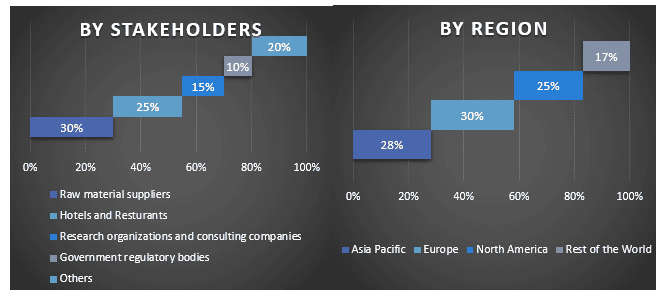
Market Engineering
The data triangulation technique was employed to complete the overall market estimation and to arrive at precise statistical numbers for each segment and sub-segment of the global Food Inclusion. Data was split into several segments and sub-segments after studying various parameters and trends in the type, application, and regions of the global Food Inclusion market.
The main objective of the Global Food Inclusion Market Study
The current & future market trends of global Food Inclusion were pinpointed in the study. Investors can gain strategic insights to base their discretion for investments on the qualitative and quantitative analysis performed in the study. Current and future market trends determined the overall attractiveness of the market at a regional level, providing a platform for the industrial participant to exploit the untapped market to benefit from a first-mover advantage. Other quantitative goals of the studies include:
- Analyze the current and forecast market size of the Food Inclusion market in terms of value (USD). Also, analyze the current and forecast market size of different segments and sub-segments.
- Segments in the study include areas of type, application, and regions.
- Define and analyze the regulatory framework for the Food Inclusion
- Analyze the value chain involved with the presence of various intermediaries, along with analyzing customer and competitor behaviors of the industry.
- Analyze the current and forecast market size of the Food Inclusion market for the major regions.
- Major countries of regions studied in the report include Asia Pacific, Europe, North America, and the Rest of the World
- Company profiles of the Food Inclusion market and the growth strategies adopted by the market players to sustain in the fast-growing market.
- Deep dive regional level analysis of the industry
Frequently Asked Questions FAQs
Q1: What is the global Food Inclusion's current size and growth potential?
Q2: What are the driving factors for the growth of global Food inclusion?
Q3: Which segment has the largest share of the global Food Inclusion by type?
Q4: What are the emerging technologies and trends in global Food Inclusion?
Q5: Which region will dominate global Food Inclusion?
Related Reports
Customers who bought this item also bought


